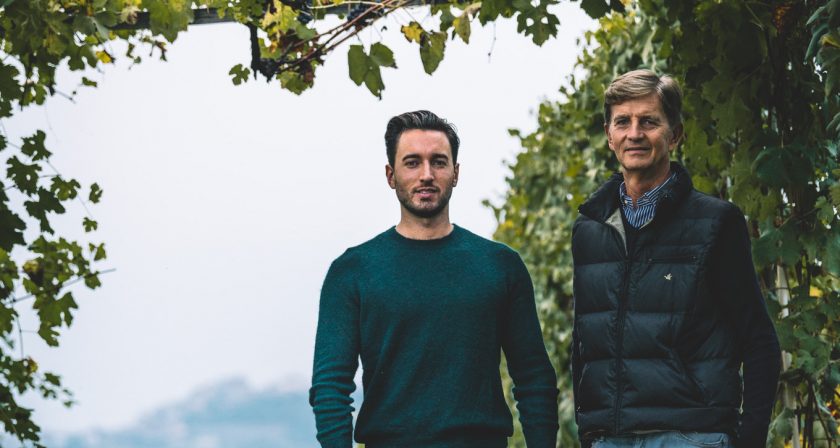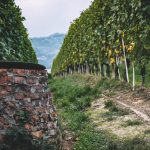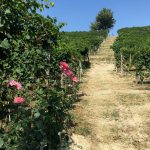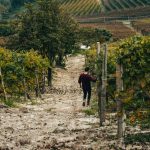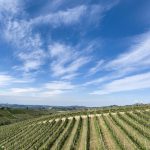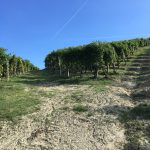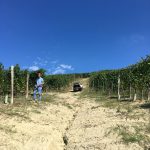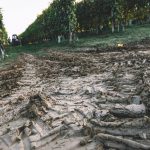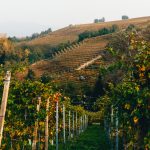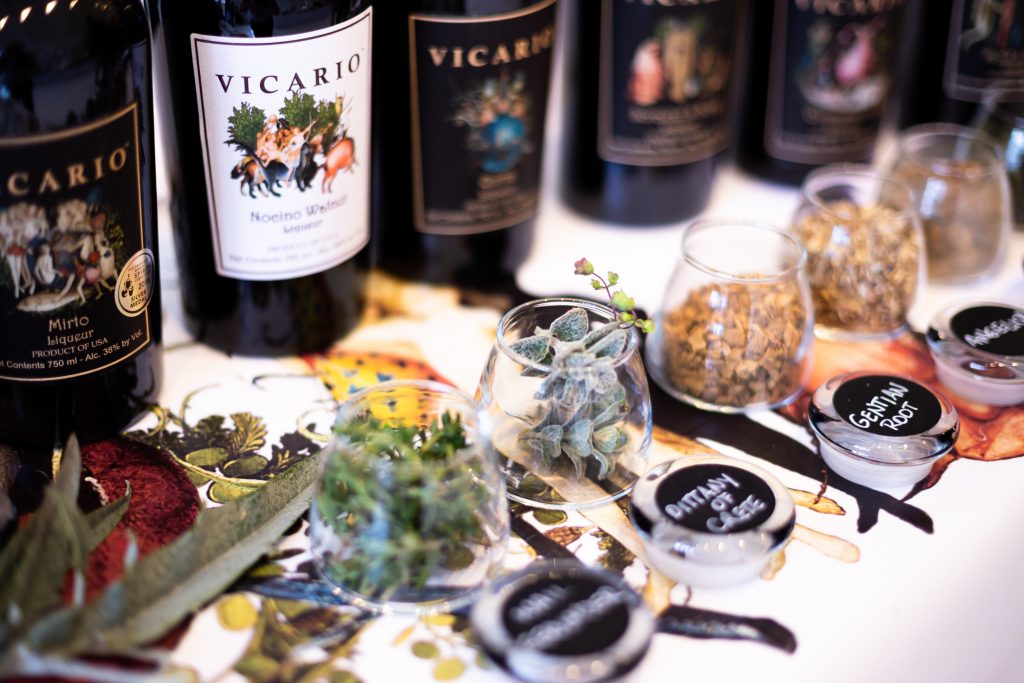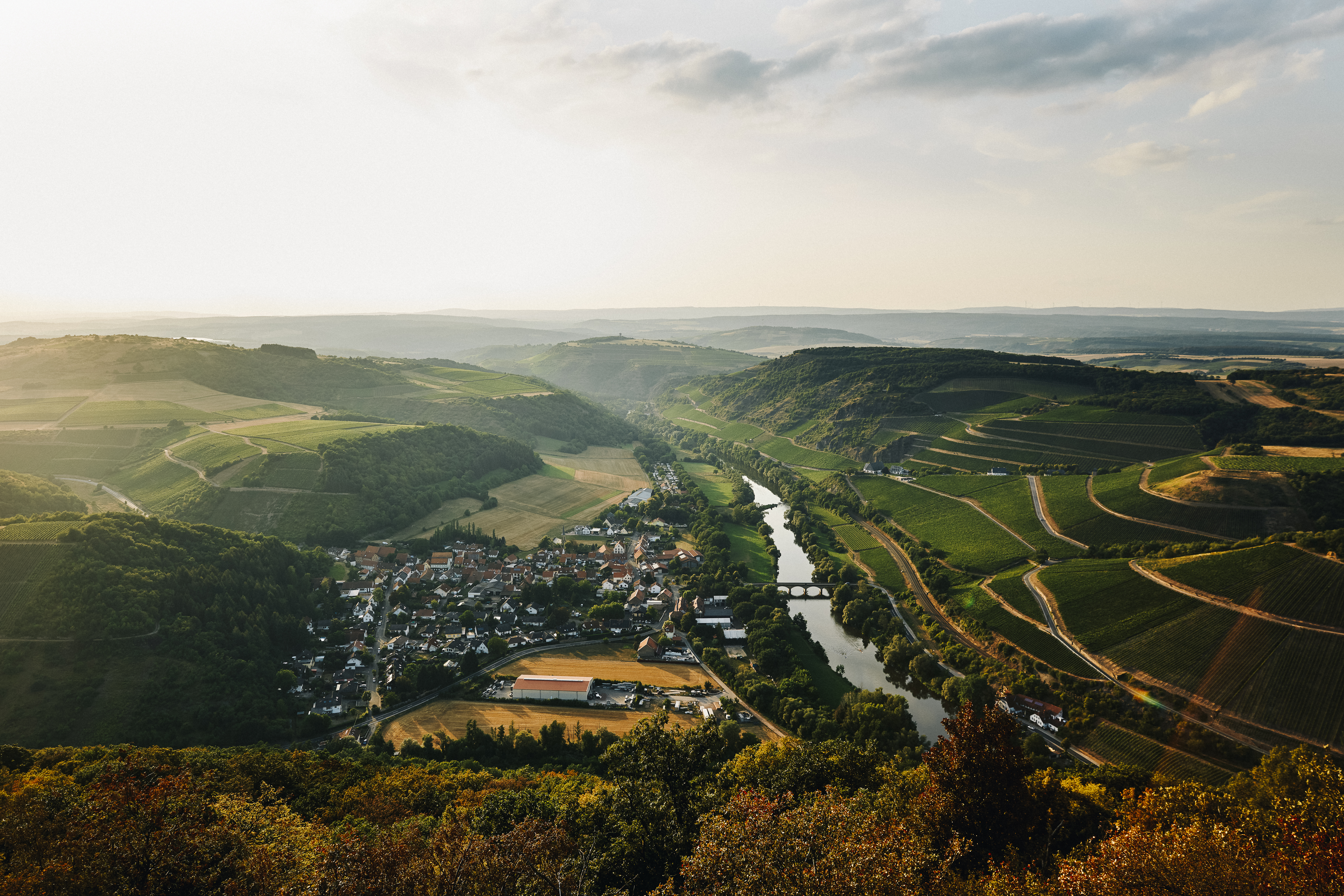The Bricco Voghera vineyard in Serralunga d’Alba is a punishing place to work in August. It faces full south, has a near vertical incline up 400 meters and can easily reach 100º in the summer months. In the spring of 2014, a season of unrelenting rain turned a challenging task into a near impossible one. The soil was so wet, and the conditions so poor, that many growers in the region decided to stop working altogether. After all, poor vintages were always the most expensive to produce– why not cut their losses and hope for better luck next year?
But Luigi Scavino didn’t quit. He worked harder, invested more and spent more time in his vineyards. And from 100-year-old vines, producing less than one fifth of the clusters of young ones, he dropped half of his precious fruit on the ground. In 2024, to much amazement, Luigi will release his 2014 Bricco Voghera Riserva. And he’s quite confident it will be extraordinary. So is Antonio Galloni, with 97+ points.
“My father is very stubborn,” Lorenzo Scavino says admiringly. Lorenzo, son of Luigi, son of Lorenzo, son of Alfonso, son of Lorenzo is a fifth-generation steward of Azelia in Castiglione Falletto. The release of their 2016 Barolos is not just an occasion to celebrate a legendary vintage from a top-tier producer. It heralds Azelia’s centenary, the encapsulation of one hundred years of steadfast care, of five faithful generations of farmers, each producing his own generation’s worth of vintages as testimony.
“This centennial really means everything to us for the history of our family,” Lorenzo explains. “We’ve had so many changes. When the winery was founded in 1920 Piemonte was an extremely poor region and being a farmer was considered an inferior job. Most growers were just selling grapes to cooperatives. Ours was one of the very first wineries in Barolo with the purpose of vinifying, to produce wine to sell directly to people.”
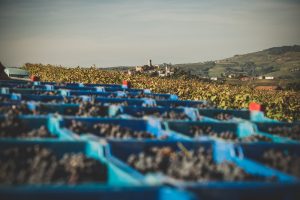
Perseverance is an immutable characteristic in this line of Scavino men. The elder Lorenzo’s vision was carried out by his son Alfonso, who bottled the family’s first wines in the early 1930s. His son Lorenzo, Luigi’s father, sought to showcase the beauty of Castiglione Falletto, producing a single vineyard bottling of Bricco Fiasco in 1978, among the first in the region. The pioneering Luigi was the first to look beyond Castiglione Falletto. A longtime lover of the wines of Serralunga, he bought land in San Rocco in the early 1990s, at a time when it was highly unusual to invest outside of one’s native commune.
Additional purchases soon followed, in Margheria, Bricco Voghera and the highly anticipated Cerretta, the first cru bottling of which was released this year. Why the 30-year wait? “We are terrible perfectionists,” Lorenzo says with a laugh. In the early 1990s when Luigi and his father decided to invest in Cerretta they were dissatisfied with the state of the vineyard – and set about replacing all 10,000 vines, root and branch.
Lorenzo’s excitement over its release is palpable:
He has waited for this his entire life.
THE VINEYARDS
THE WINES
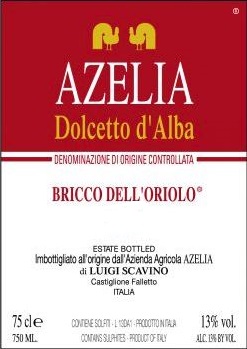
Dolcetto d’Alba ‘Bricco dell’Oriolo’, Azelia
- Luigi’s mother owned a small vineyard in front of the church of the Madonna dell’Oriolo, facing due south at 600 meters above sea level. Luigi’s father Lorenzo owned vines nearby, also at 600 meters. This blend is an homage to the union of their families
- 60+ year-old-vines
- Macerated for 7 days in rotary fermenters before being aged in stainless steel
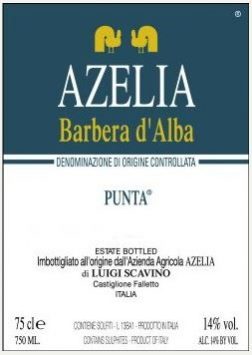
Barbera d’Alba ‘Punta’, Azelia
- 100% Barbera from .9ha of 60-year-old vines in Castiglione Falletto
- Calcareous clay soils at 250 meters in altitude
- The vineyard is located exactly at the top of a hill- a very unusual position for Barbera – which allows for optimal ripening of the grapes
- Aged 18 months in second passage barriques
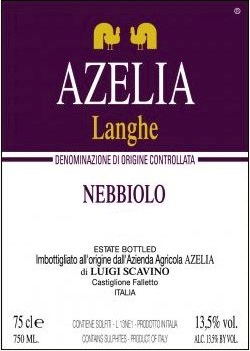
- From the estate’s youngest vines (20-25 years old)
- All fruit comes from Barolo vineyards in Castiglione Falletto and Serralunga d’Alba
- White calcareous soils
- Elevation from 235-340 meters above sea level with southeast and southwest exposures
- 10-12 day maceration/vinification and aged entirely in stainless steel
- 9,800 bottles produced annually
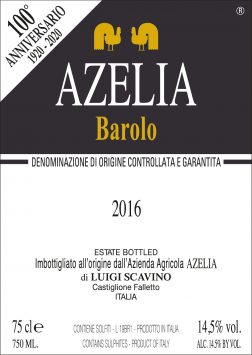
- 100% Nebbiolo from vineyards in Castiglione Falletto and Serralunga
- Calcareous clay marl soil
- Southeastern exposure
- Maceration on the skins 55-60 days with submerged cap
- Aged 24 mo in 25 to 50HL oak barrels of Slavonian, French and Austrian origin
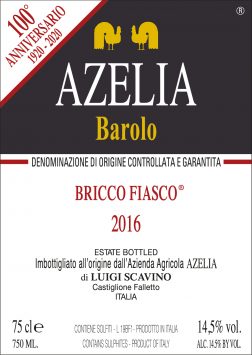
Barolo ‘Bricco Fiasco’, Azelia
- 100% Nebbiolo from 2.5 ha of south-facing, white calcareous soil
- 80-year-old vines
- Fermentation and maceration on the skins for 55-60 days using the submerged cap method
- Maceration on the skins 55-60 days with submerged cap
- Aged 24 mo in 25 to 50HL oak barrels of Slavonian, French and Austrian origin
- The Bricco Fiasco vineyard is named for its shape – ‘fiasc,’ meaning ‘flask’ in the local Piedmontese dialect
- 500 cases produced
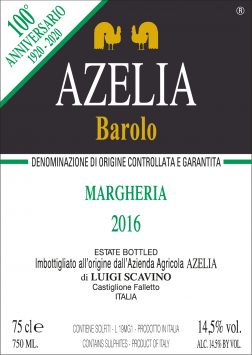
- 100% Nebbiolo sourced from 2.3 hectares
- 370m above sea level with a southern exposure
- 60-65-year-old vines grown in very poor white soil
- Maceration on the skins 55-60 days with submerged cap
- Aged 30 mo in 25 to 50HL oak barrels of Slavonian, French and Austrian origin
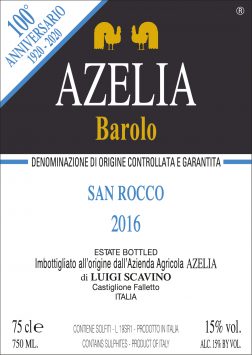
- 100% Nebbiolo
- 65-year-old vines
- Calcareous clay soils at 320 meters elevation with a south-southwest exposure
- Maceration on the skins 55-60 days with submerged cap
- Aged 24 mo in 25 to 50HL oak barrels of Slavonian, French and Austrian origin
- 630 cases produced annually
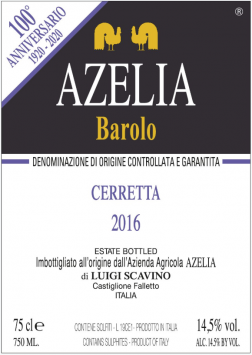
- 30-year-old vines facing south and south-west
- average elevation of 355 meters above sea level
- Maceration on the skins 55-60 days with submerged cap
- Aged 30 mo in 25 to 50HL oak barrels of Slavonian, French and Austrian origin
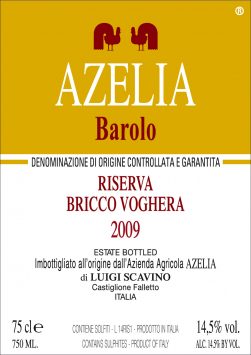
Barolo Riserva ‘Bricco Voghera’, Azelia [wood case]
- Produced only in excellent vintages, Azelia’s Riserva comes exclusively from the Bricco Voghera vineyard
- 100% Nebbiolo sourced from 0.85 of south-facing vines at 360 meters above sea level
- Calcareous clay soils
- Average age of vines is 95 years
- Vinified with indigenous yeasts, for approximately 55 – 60 days with submerged cap
- Aged 5 years in large casks and 5 years in bottle




